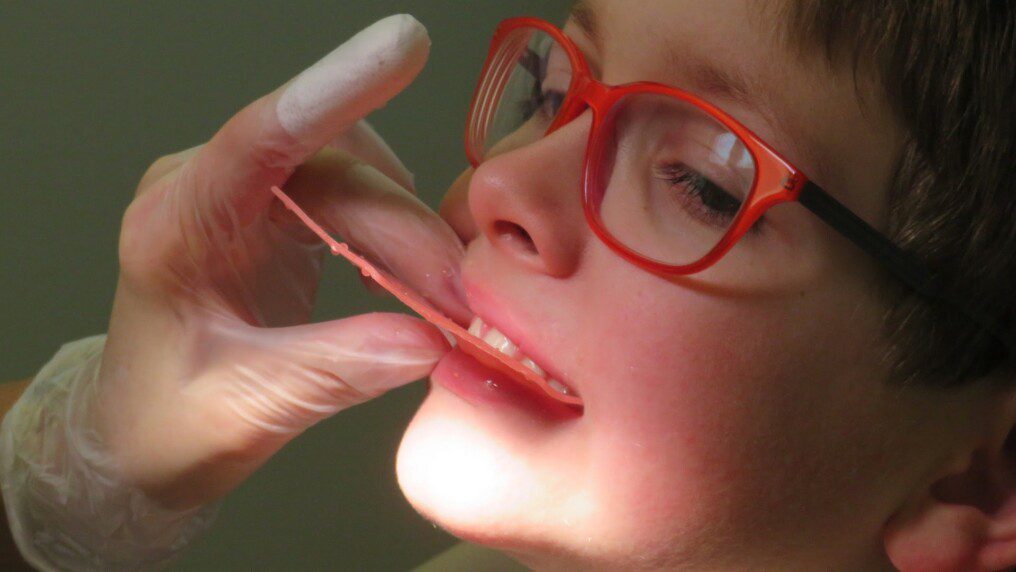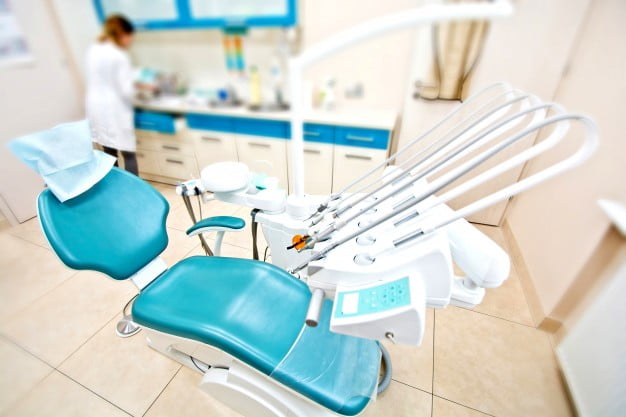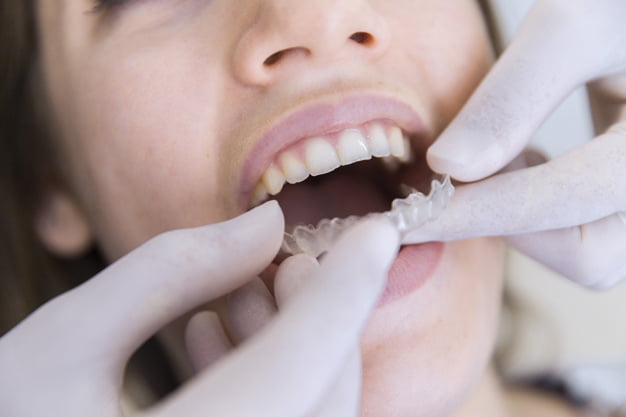
Decades ago, having a bad bite or malocclusion would have been difficult to correct. Orthodontic technology back then was limited, and anyone who suffered from such conditions was bound to endure it for the rest of their life. In recent years, dentistry has advanced significantly so that teeth alignment problems are becoming easier to correct. Orthodontic procedures have also become more comfortable for patients, thanks to advanced techniques and orthodontic supplies available today.
While some types of malocclusion may require surgery, there is a range of treatment options available that will not require a patient to undergo a difficult and painful surgical procedure. Orthodontists often discuss these options extensively with patients to ensure that they know what the process entails.
When are non-surgical procedures for bite-correction necessary?
A bite problem can result in a number of issues. These are indications that a person may need to undergo a non-surgical procedure for bite correction:
- Chronic pain in the face, head, or neck area
- Teeth grinding or clenching while sleeping
- Teeth that are fractured, worn, broken, or severely damaged because of the bite problem
- Clicking or popping sound when opening or closing the jaw
In addition to the examples above, your dentist may identify other possible issues and concerns that may only be corrected with a non-surgical procedure.
The conventional treatment used in non-surgical bite correction:
There are a variety of options available to treat bite problems. The orthodontist usually recommends which option is best and discusses this with the patient.
1. Orthodontic devices:
Perhaps considered as the most effective method of bite-correction, using orthodontic appliances such as braces effectively moves teeth into the right position. There are different types of braces, brackets, and wires available today and most orthodontists use a variety of materials from suppliers like orthoextcom to give patients more options, especially in terms of comfort and aesthetic appeal.
2. Mouth guards:
Another non-invasive procedure for correcting bite problems is by wearing mouth guards. The orthodontist will custom-build a mouth guard which the patient will wear during night time. This method is only best for mild malocclusions. The adjustment process may be slow, but it is less intensive and uncomfortable for the patient.
3. Reshaping the teeth:
There are cases when the alignment is correct, but tooth surfaces do not match up. Reshaping the teeth is a simple process involving the use of a unique tool.
4. Teeth replacement or reconstruction:
When the condition calls for it, a dentist may recommend teeth replacement or reconstruction, especially if the teeth are severely damaged. Using crowns, implants, or fillings can fix the damage and give the patient an even bite.
Each of these procedures has advantages and disadvantages. Although it is wise for a patient to know about each method, it is best to trust that the dentist can provide the right recommendation and treatment, which will lead to the best result. For the patient’s safety and efficacy of the chosen procedure, the dentist will look at a variety of factors before choosing the right method.
Read Also:






























